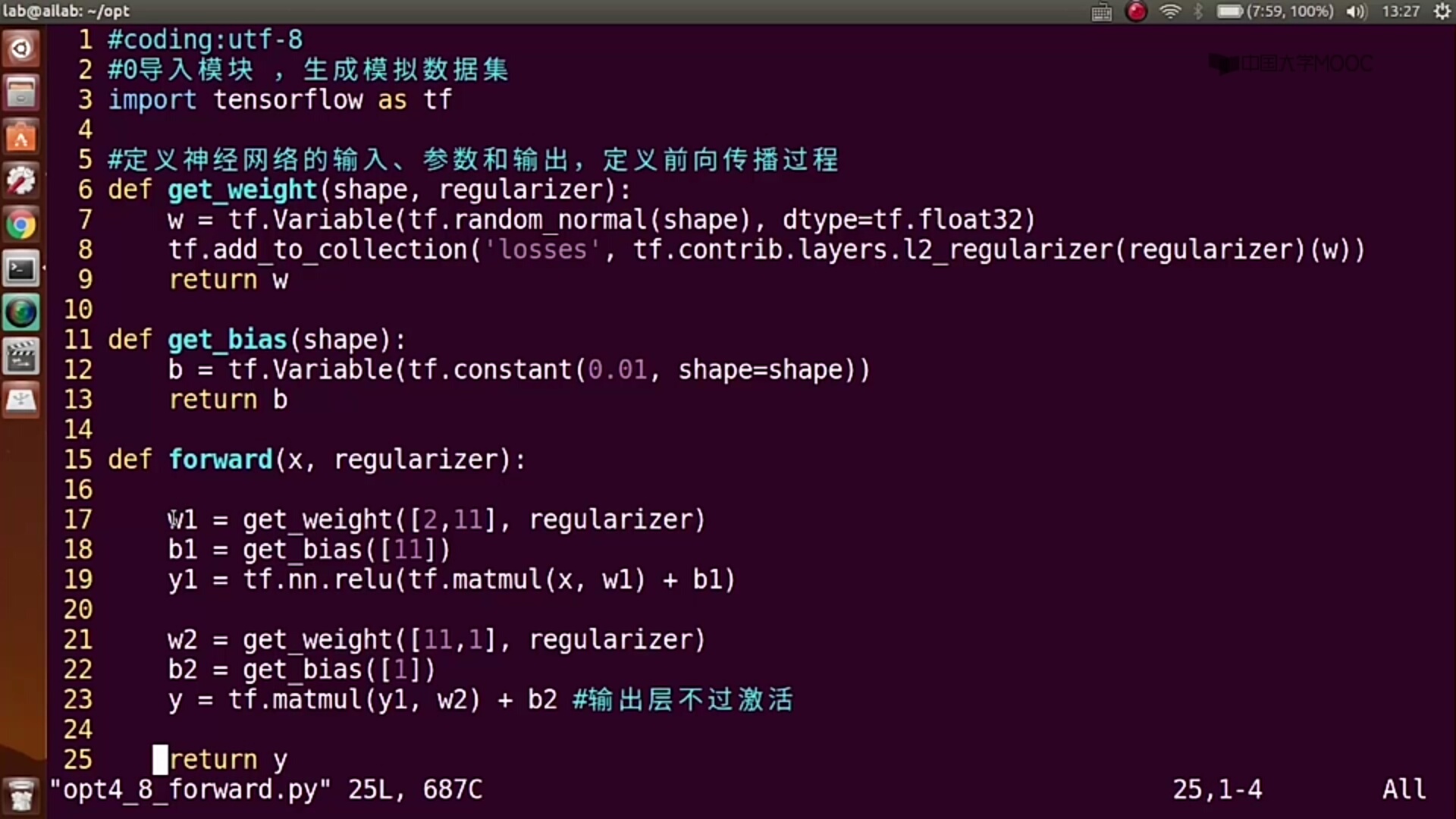Tensorflow之神经网络
# 1.构建神经网络
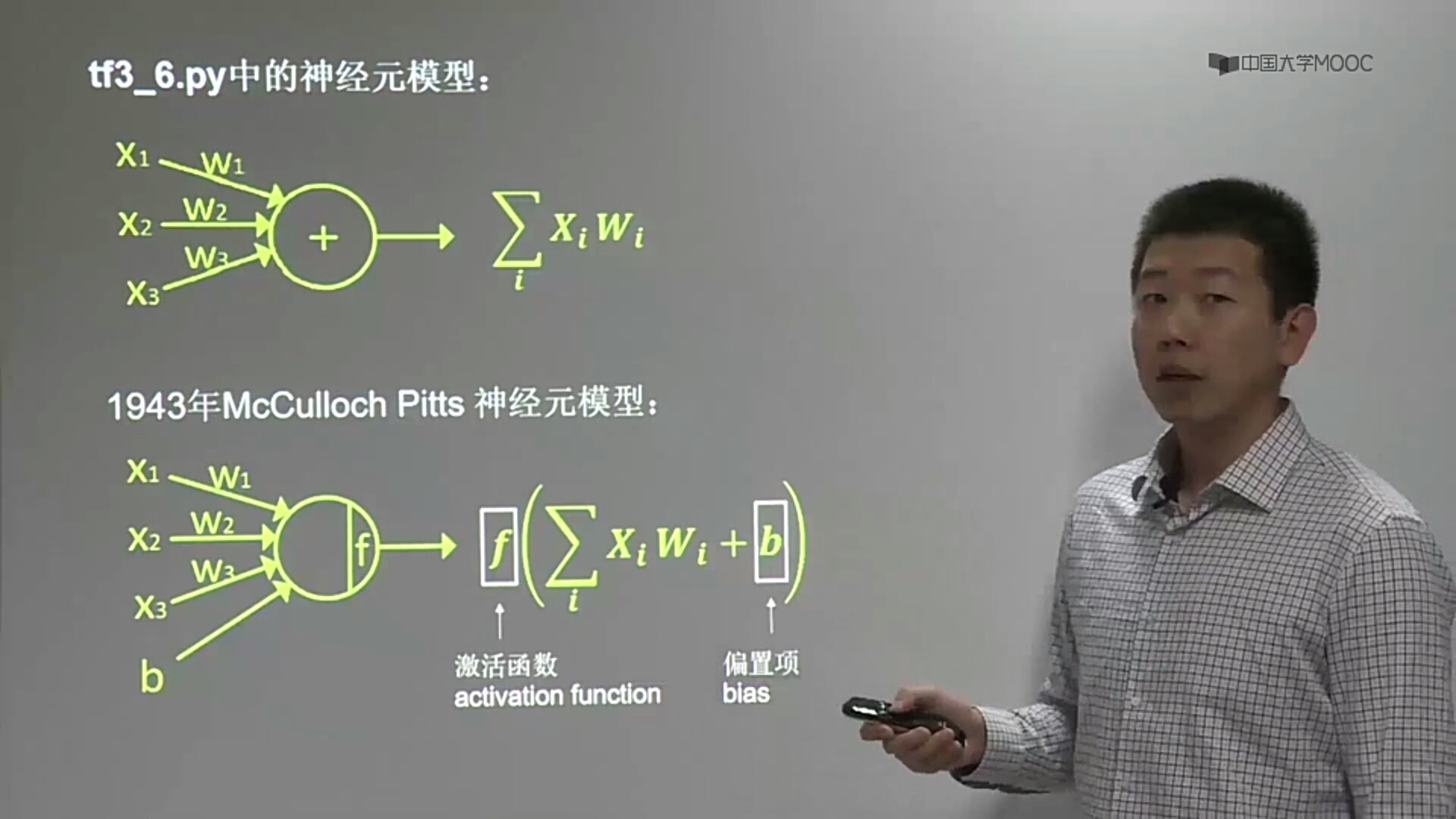

import tensorflow as tf import numpy as np BATCH_SIZE=8 SEED=23455 rdm=np.random.RandomState(SEED) X=rdm.rand(32,2) Y=[[x1+x2+(rdm.rand()/10.0-0.05)] for (x1,x2) in X] # None表示传入多组值 x=tf.placeholder(tf.float32,shape=[None,2]) y=tf.placeholder(tf.float32,shape=[None,1]) w1=tf.Variable(tf.random_normal([2,1],seed=1)) result=tf.matmul(x,w1)
# 2.激活函数(将线性转为非线性)
本例子没有激活函数,激活函数加在得到的y值上
1.relu tf.nn.relu() 2.sigmoid tf.nn.sigmoid() 3.tanh tf.nn.tanh()
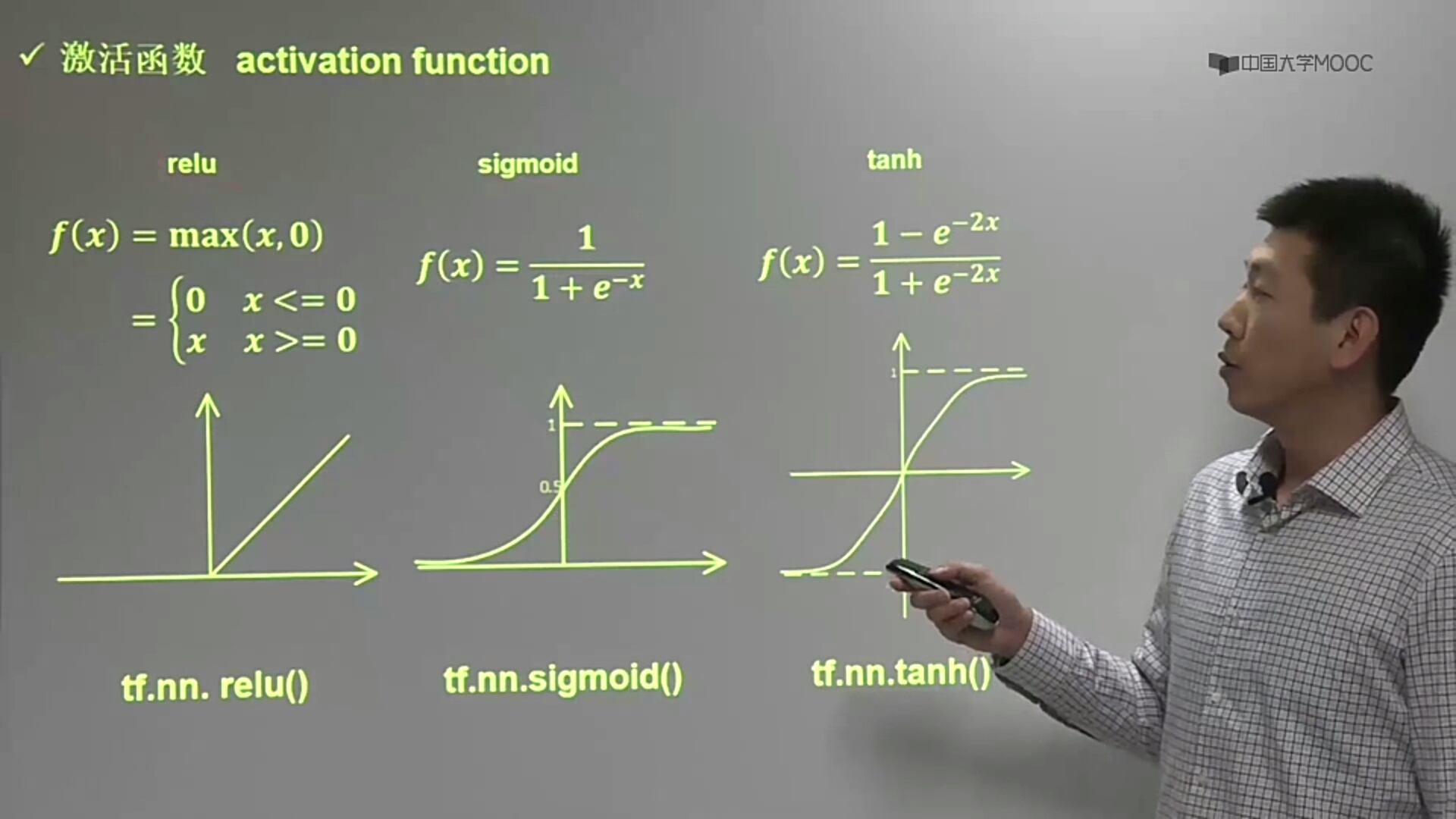
# 3.求损失函数
1.均方误差
loos_mse=tf.reduce_mean(tf.square(y-result))
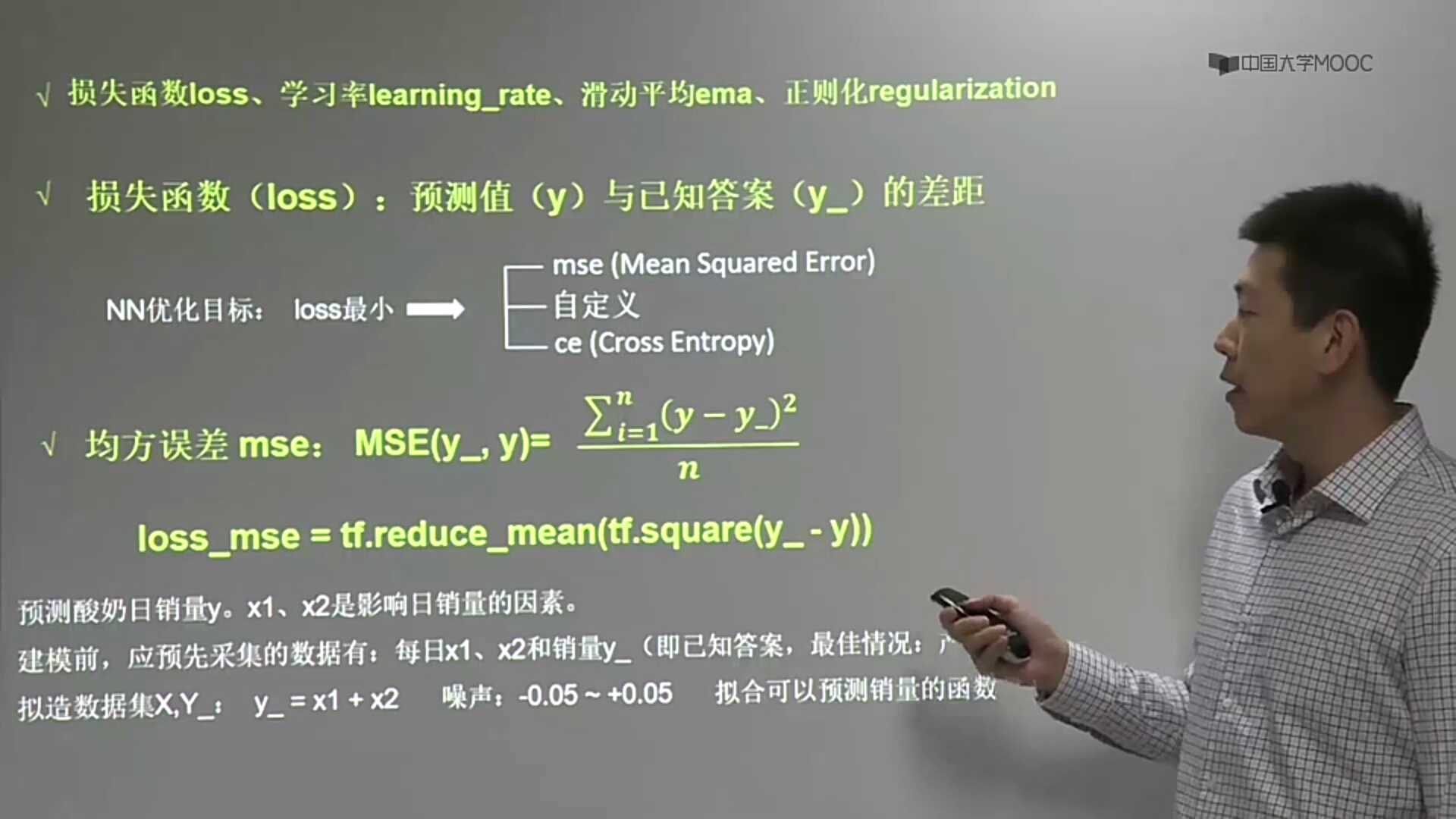
2.自定义
# PROFIT=9 # COST=1 # loss=tf.reduce_sum(tf.where(tf.greater(result,y),(result-y)*COST,(y-result)*PROFIT)) # loss=tf.reduce_sum(tf.where(tf.greater(result,y),(result-y)*COST,(y-result)*PROFIT))
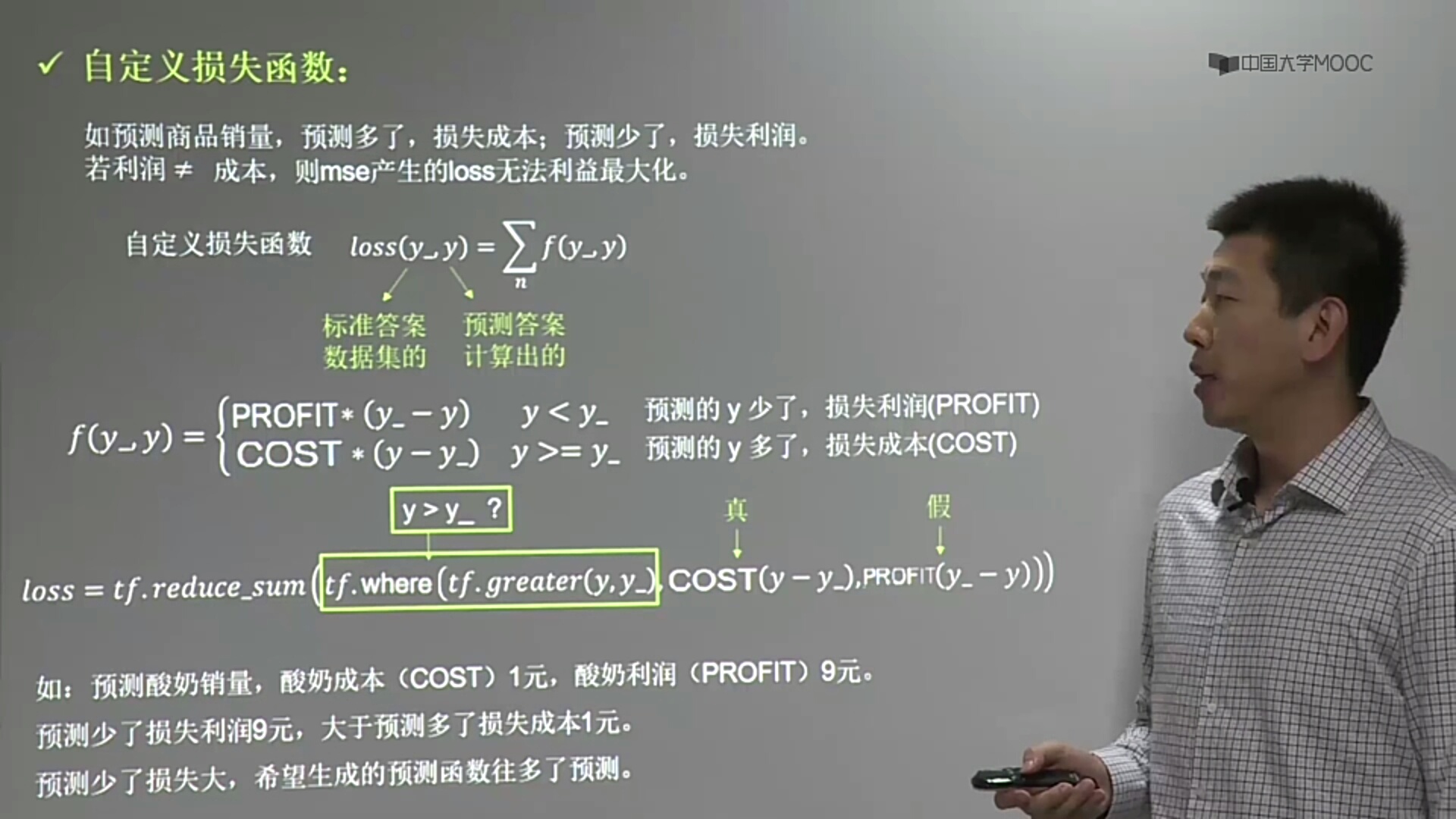
3.交叉熵(表示两个概率分布之间的距离)
# y_真实值,y预测值 -tf.reduce_mean(y_*tf.log(tf.clip_by_value(y,1e-12,1.0))) 实际中通过softmax函数 ce=tf.nn.sparse_softmax_cross_entropy_with_logits(logits=y,labels=tf.argmax(y_,1)) cem=tf.reduce_mean(ce)
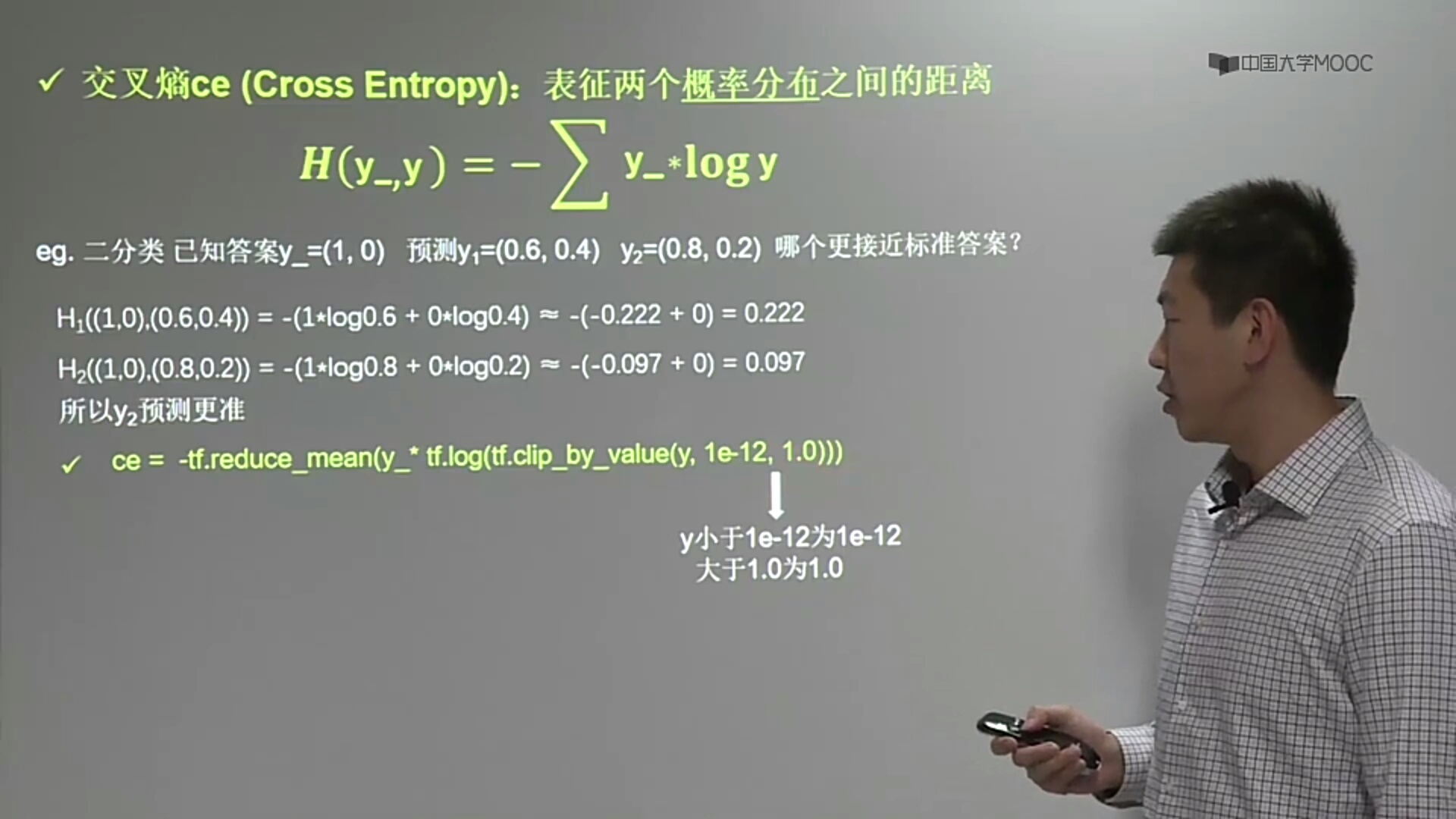

# 4.学习率



# 5.反向传播(减小loss)
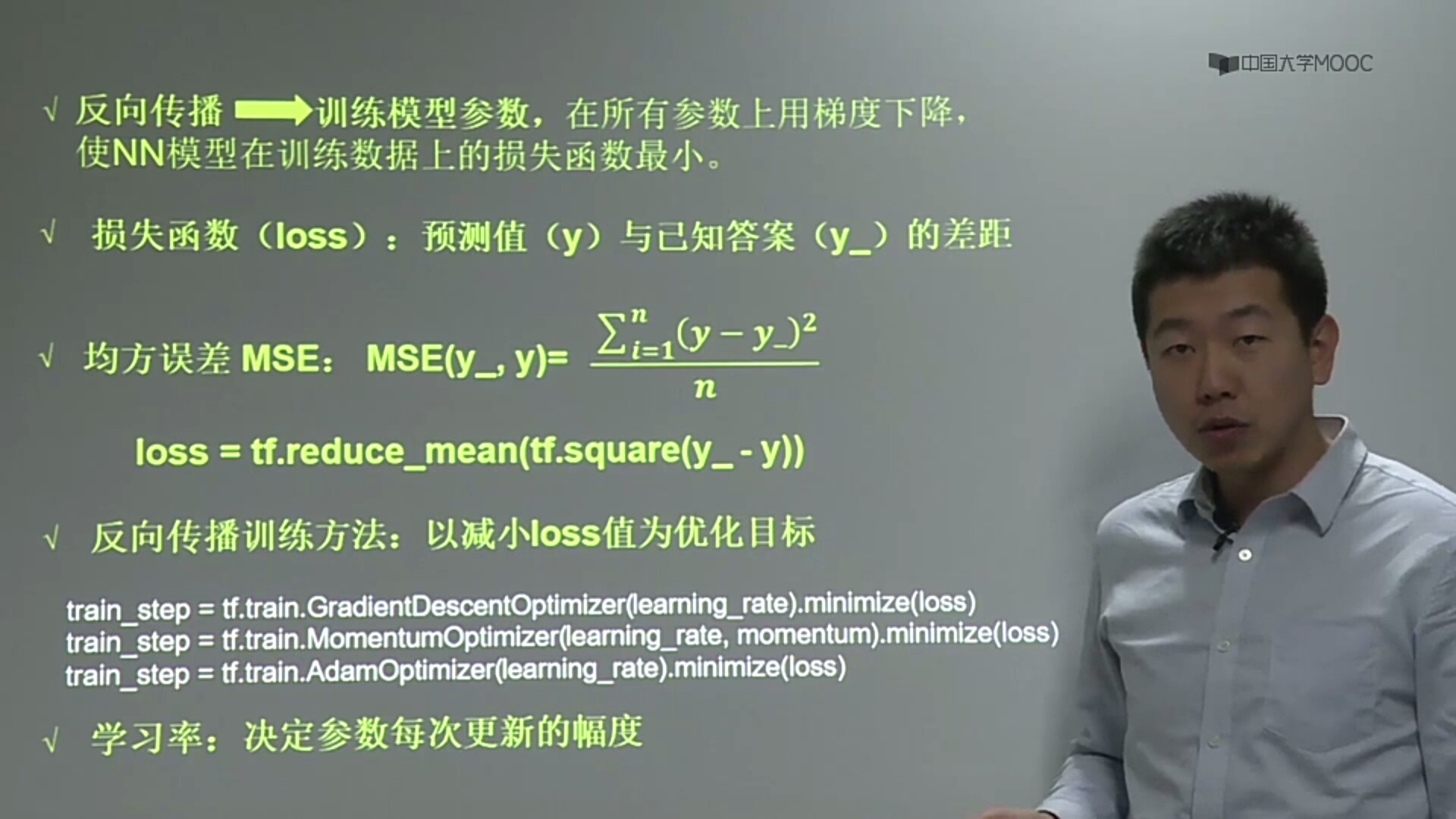
# 参数优化
1.滑动平均(优化W和b)
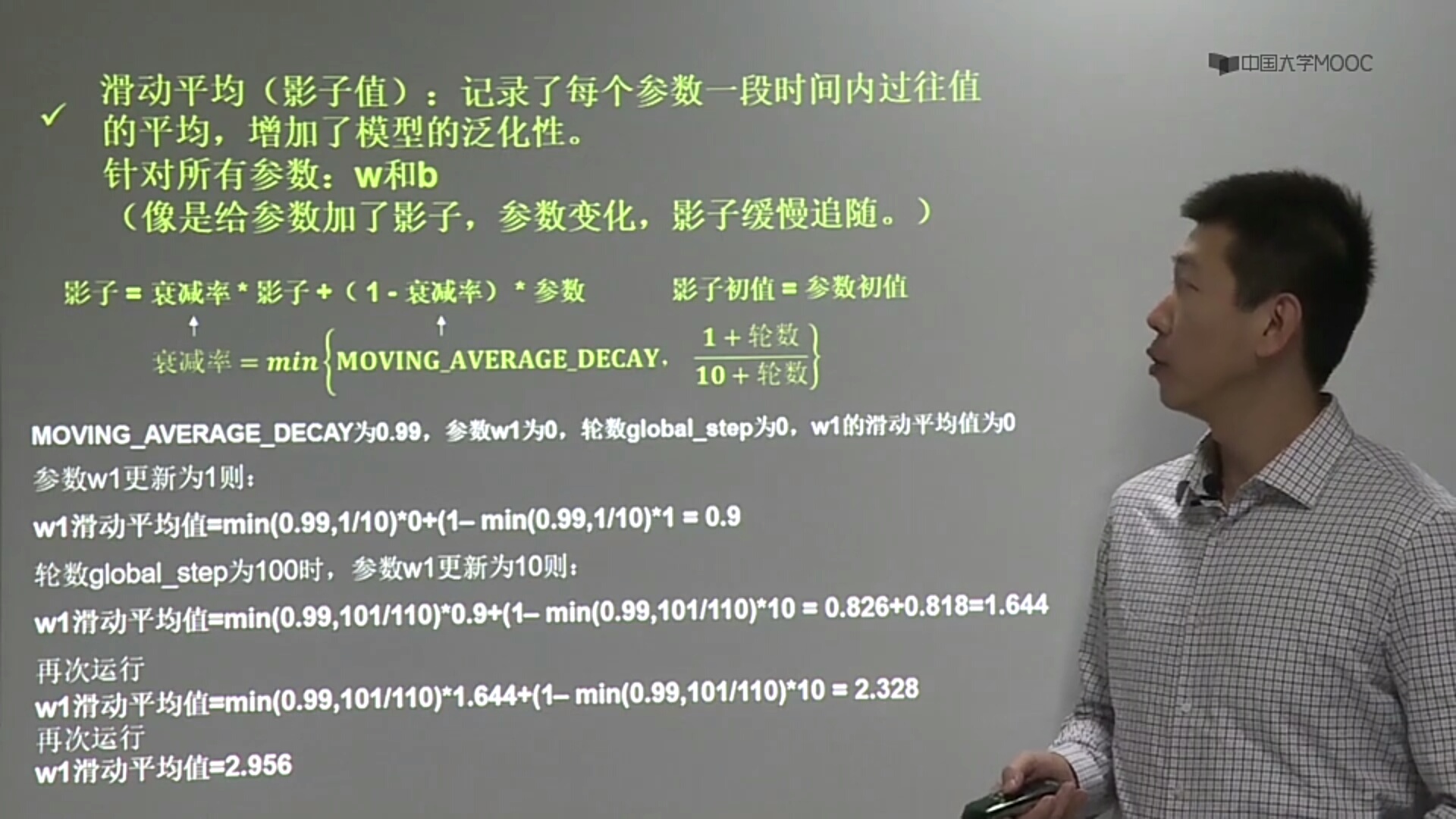
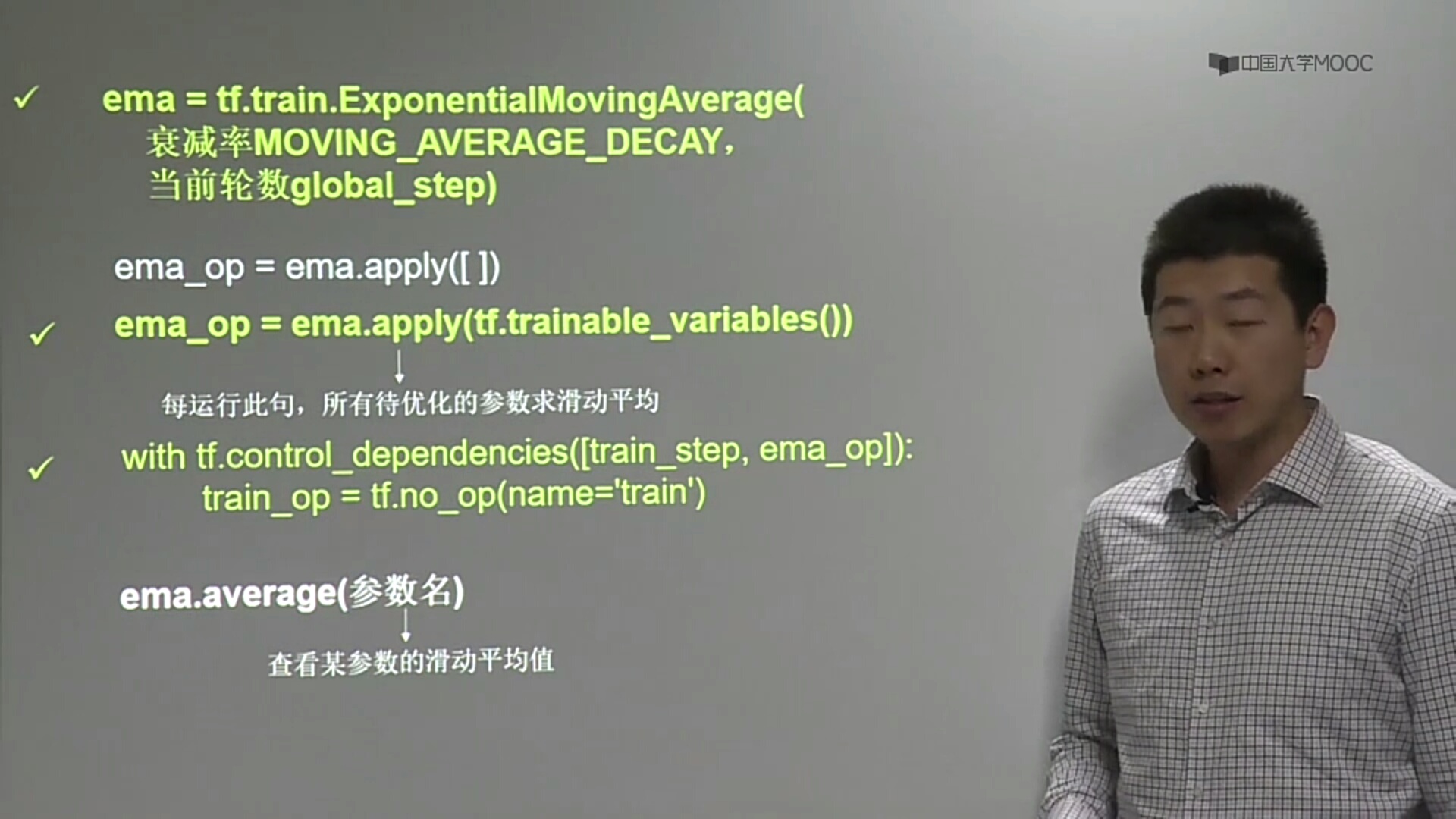
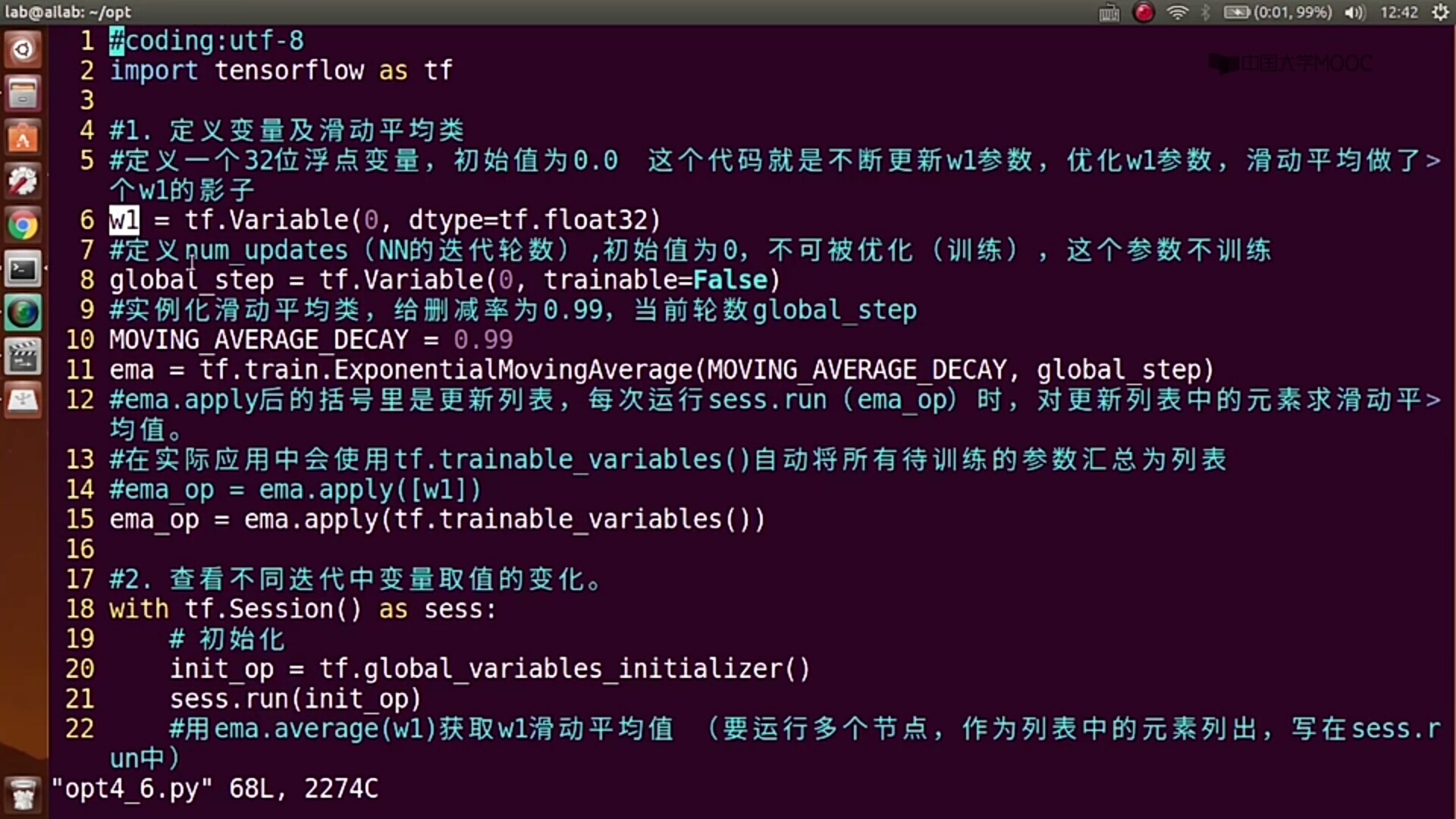

2.正则化

